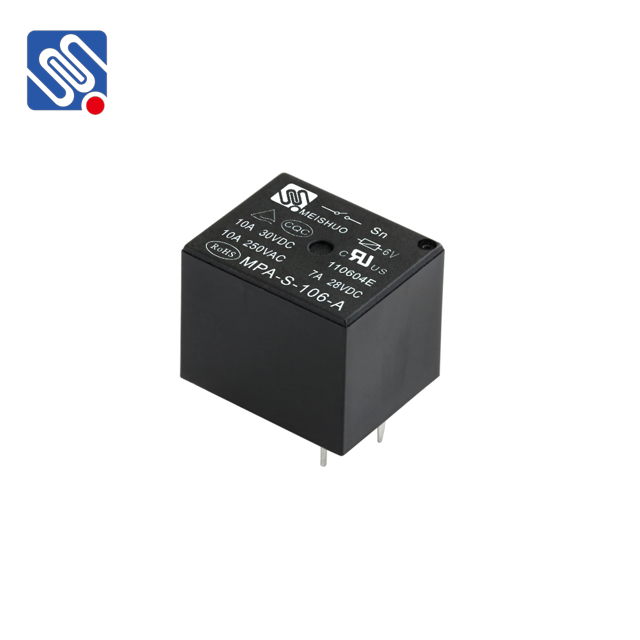Relays are essential components used in various electrical and electronic systems to control the flow of electricity. Their primary function is to act as a switch that opens and closes circuits to control devices such as motors, lights, and other electronic components. One of the most crucial specifications when selecting a relay is its current rating. This article explores the importance of relay current rating, how it affects relay performance, and the factors you should consider when selecting the appropriate relay for your application.

What is Relay Current Rating? The relay current rating refers to the maximum amount of electrical current that a relay can safely carry when in the “closed” position. It is typically specified in amperes (A) and is a critical parameter because it determines the relay’s ability to handle the load current without overheating, sustaining damage, or experiencing reduced lifespan. The current rating is an important guideline that ensures the relay operates safely and efficiently within the parameters of the electrical system it is integrated into. Importance of Relay Current Rating Preventing Overload: The relay current rating is designed to prevent the relay from carrying more current than it is built to handle. If the current exceeds this rating, it can lead to overheating of the contacts or even cause failure of the relay. This could result in equipment damage or potentially hazardous situations such as fire or electrical shock. Therefore, choosing a relay with an appropriate current rating ensures the relay will function safely and reliably under normal operating conditions.